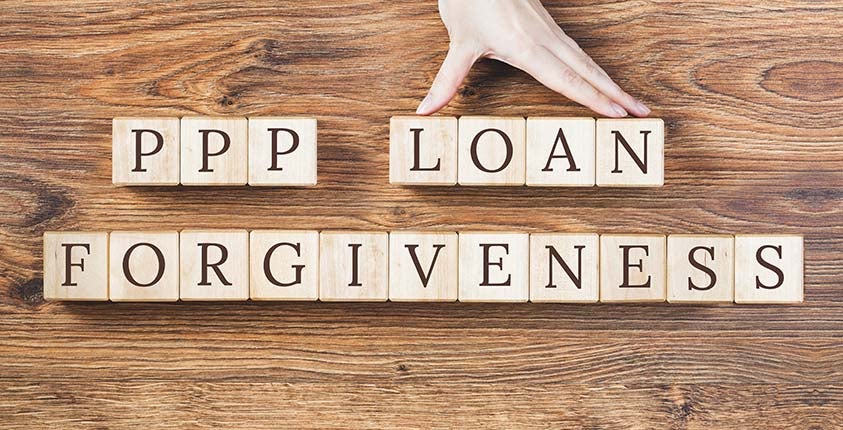Consultant’s Corner: Changes in the PPP Flex Act

Q: What are the main components of the recently enacted PPP Flex Act?
After passage by the U.S. House of Representatives and the Senate on May 28 and June 3, respectively, President Trump signed the Paycheck Protection Program Flexibility Act of 2020 into law on June 5.
Following the enactment of the PPP Flex Act, Treasury Secretary Steven T. Mnuchin and SBA Administrator Jovita Carranza released a joint statement on June 8 addressing the pending rules and guidance to be implemented governing the changes made to the Paycheck Protection Program through the PPP Flex Act.
In accordance with the June 8 joint statement, the Small Business Administration and the U.S. Department of the Treasury released the latest guidance in the form of “Paycheck Protection Program –Revisions to First Interim Final Rule” on June 11. Further revisions have also been released on June 12 and June 17.
Small business owners who have obtained, applied for, or are seeking a PPP loan should be familiarizing themselves with the new rules and guidance issued by the SBA in consultation with the Treasury.
Important changes implemented by the PPP Flex Act include:
- Extension of the covered period for loan forgiveness to 24 weeks after the date of loan disbursement (was 8 weeks).
- Lowering the requirement for borrowers seeking loan forgiveness, so that they must use at least 60% of the covered loan amount for payroll costs (was 75%).
- Providing safe harbors from reductions in loan forgiveness based on decreases in full-time equivalent employees that occur when borrowers are unable to return to the same level of business activity prior to Feb. 15, 2020 and/or borrowers are unable to rehire employees who were employed as of Feb. 15, 2020.
- Setting a minimum maturity of five years for PPP loans approved by the SBA on or after June 5, 2020.
- Extending the deferral period for payments of interest and principal on PPP loans to the date that SBA remits the borrower’s loan forgiveness amount to the lender.
- Confirming June 30, 2020, will be the last date on which a PPP loan application can be approved.
Again, borrowers should be familiarizing themselves with the new rules and guidance provided by the SBA to address specific loan scenarios.
We have provided links to the Treasury and SBA’s joint statement and Revisions to First Interim Final Rule below. In addition, we have provided links to the U.S. Department of Treasury’s home page for the Paycheck Protection Program, the SBA’s home page for the PPP, the SBA’s most recent FAQ document for Lenders and Borrowers, as well as the PPP Report of approvals through June 12th, 2020.
Paycheck Protection Program –Revisions to First Interim Final Rule – U.S. Dept. of Treasury
Assistance for Small Business, PPP Home Page – U.S. Dept. of Treasury
Paycheck Protection Program Home Page – SBA
PPP FAQ for Lenders and Borrowers (As of May 27th, 2020) – SBA
